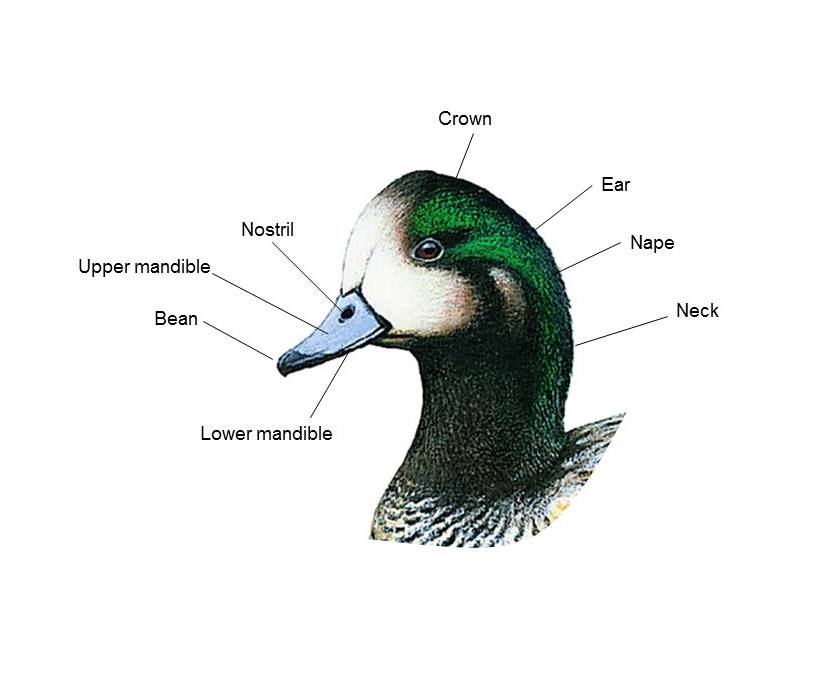Chiloe wigeon
These cheerful little ducks love being hand fed, so why not buy a bag of feed from our visitor centre and have a special experience feeding our Chiloe wigeon in the South American exhibit.
Co-parenting
Chiloe wigeon are special in the bird world because the father helps the mother to rear the young. Although this feat is common in swans, geese and flamingo, it is a rare occurrence for duck species.
Remarkable partnerships
Bonds can be observed between the Chiloe wigeon at Slimbridge all year round, and is part of what makes going to visit the group of Chiloe wigeon so enjoyable. These bonds are expressed regularly, with the males nodding excitedly in the air with their breasts swelled out, and a deep down receptive chatter and quack from the female as she ducks her head below his in a sign of receptivity.
Whistling for attention
The Chiloe wigeon (Mareca sibilatrix) is named after the whistling call of the male, with sibilatrix meaning “whistling,” and you only need to spend a minute with these lovely birds to hear the chatter and whistle of male to female contact which is constant as birds jostle for the best feeding location.
As with all whistles, this vocalisation travels for miles, and combined with the Chilean flamingos and the crested screamers on occasion you can hear the South American exhibit from as far away as the visitors centre!
[video width="848" height="480" mp4="https://www.wwt.org.uk/blog/wp-content/uploads/2018/12/chiloe-wigeon.mp4"][/video]
The odd wigeon out
The Mareca family is made up of the three wigeon species as well as the falcated duck and common gadwall.
The Chiloe is unique in its family as having identical male and female plumage. This may be to do with the fact that they are a southern hemisphere species and females do not depend so much on camouflage during incubation as those in more barren climates. This may also contribute to the willingness of the male to join in the rearing of offspring, as co-parenting is more often achieved by species with identical plumages, as males need to spend less time standing out in order to attract a mate.
Notorious grazers with a special bean on the bill to help rip the grass
The wigeon are notorious grazers, and one of best wildlife spectacles through the winter months is watching the Eurasian wigeon (Mareca Penelope) systematically carve their way through the pastures on the reserve in great flocks of thousands.

Next time you visit Slimbridge look out for our Chiloe wigeon and its short little beak, which has a delicate bean on the tip to allow it to rip and pinch fine grasses and seeds.

